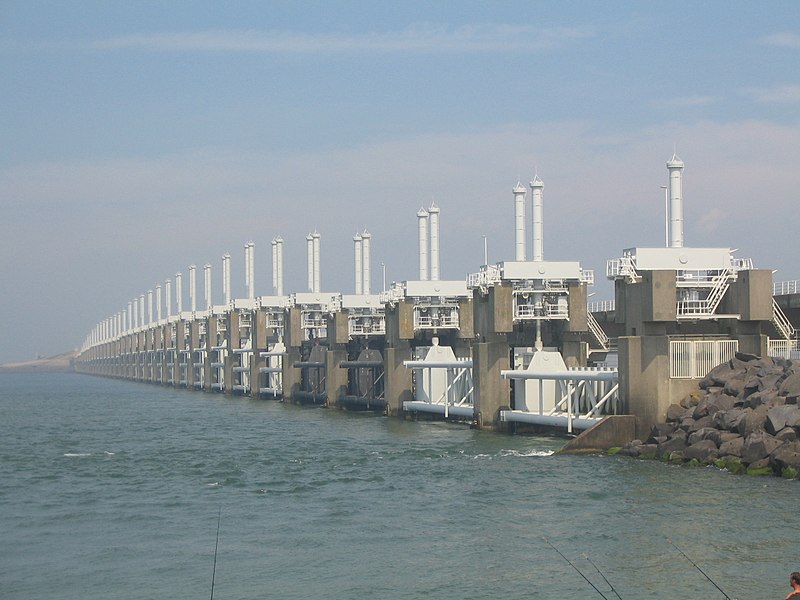Anyone who’s ever tried to piece together a little black outfit knows there are at least “50 shades of black.” There’s blue black, grey black, charcoal black. And now there’s Vantablack, the blackest black ever.
We see color because of light’s reflection at different wave lengths. Black is “absent” color because it absorbs light rather than reflects it. Vantablack absorbs more light than any other substance on Earth.
British company, Surrey Nanosystems, developed the material by growing a “vertically aligned nanotube array” (Vanta) of carbon, so tightly packed onto aluminum foil that it absorbs all but 0.035 percent of visible light. Vantablack is so devoid of light reflection that, even when crumpled, you can’t see any of the folds; it’s like looking into a deep hole. Rensselaer Polytechnic Institute came up with a material with a reflectivity of 0.045 percent in 2008, a bit darker than charcoal at 0.04 percent, but what may seem to constitute a minor difference with Vantablack’s 0.035% reflectivity is actually substantially blacker.
The carbon nanotubes, which are thousands of times skinnier than a human hair, capture the photons into the spaces between the tubes. Any escaped light bounces among the nanotubes until it is absorbed within the array, allowing almost zero (absolute blackness on the albedo scale) reflectivity out of the array.
The scientific community can make good use of such a non-reflective material in sensitive telescopes and intricate experiments, as even a few stray photons can skew results. Other obvious potential applications include aerospace and military stealth applications. But perhaps the most promising use may be for solar collection applications. (Maybe the newly developed Solar Steam Sponge can be made even more efficient by using this blacker material.)
The company is keeping lots of details in the dark, such as the price tag, which we are told is very substantial. This is, after all, the stealthiest material ever and not designed for the average Joe. But for those precise applications that require deep blackness, there is nothing else in the world that will do.






